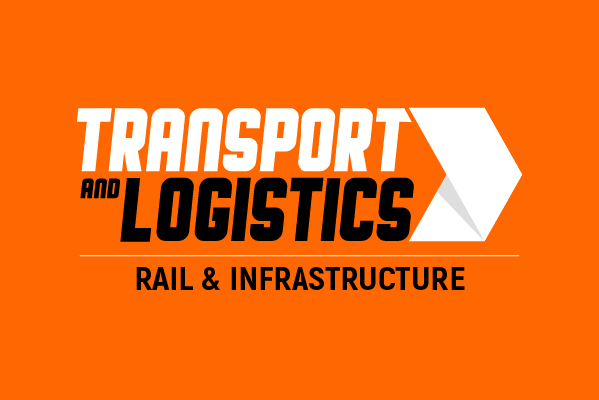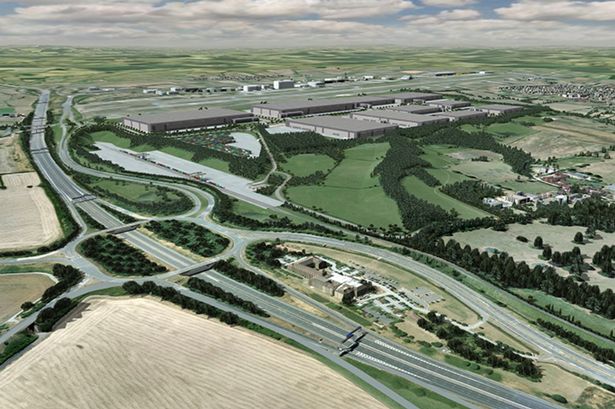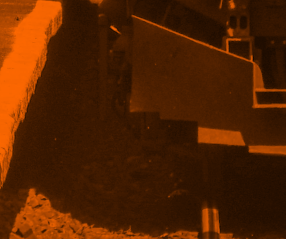The project will include an onside rail freight terminal suitable for 750m freight trains and it will have direct connection into the National Freight Network and will be a three to three and a half year programme in various phases.
Work is due to start in the autumn on the massive East Midlands Gateway project to provide a Strategic Rail Freight Interchange which will accommodate up to 6 million sq ft of new distribution and storage buildings.
The project will include an onside rail freight terminal suitable for 750m freight trains and it will have direct connection into the National Freight Network and will be a three to three and a half year programme in various phases.
First sequence of work is due to start in late 2016 with construction of a A453 roundabout, a signalised junction with connectivity to Kegworth Bypass when a new bridge has been constructed. It is suggested there will no impact on traffic flows at the start but later there will be 20 weeks’ interaction that will impact on traffic.
The site for the project is centrally located in the Midlands next to J24 of the M1 and East Midlands Airport. Nottingham is 13 miles to the north east, Leicester 20 miles to the south and Derby 14 miles to the north west.
The rail terminal will connect the site to the Castle Donington line providing direct access, via the Rugby Loop, to the major eastern and southern UK ports.
East Midlands Gateway is a proposed Strategic Rail Freight Interchange (SRFI) on a site north of East Midlands Airport.
Following an application made to the National Infrastructure Directorate of the Planning Inspectorate in September 2014, and a formal Examination process which ran until July 2015, the proposals were approved in January 2016 by the Secretary of State for Transport.
The EMG project has been promoted by Roxhill (Kegworth) Limited (‘Roxhill’), and Roxhill are now beginning the process of bringing the proposals forward with a view to development starting in the near future.
An SRFI is defined by Government as a “large multi-purpose rail freight interchange and distribution centre linked into both the rail and trunk road system. It has rail-connected warehousing and container handling facilities and may also include manufacturing and processing activities”. Government policy is that SRFIs are important because they can provide a range of transport, environmental, and economic benefits, and as a result the policy is that there should be a network of them in the UK. The Government’s draft National Policy Statement relating to ‘national networks’ published in December 2013, which includes policy guidance on SRFIs.
The East Midlands Gateway is a Nationally Significant Infrastructure Project (NSIP). As an NSIP the proposals required an application for a ‘Development Consent Order’.
East Midlands Gateway will provide large-scale warehousing together with an intermodal rail freight interchange. This will provide the facilities to enable large volumes of freight to be transferred to and from road vehicles and freight trains. In simple terms, it will operate as an inland port and will therefore directly support a wide range of economic sectors within the UK, and form part of increasingly significant flows of international cargo movements. The proposal is expected to generate around 7,000 direct jobs once operational, and including training opportunities and integrated public transport facilities, as well as further employment through the construction phase.
Associated with the scheme will be large scale road improvements and the new direct rail link connecting to the existing Castle Donington Branch freight line, providing access to the national rail freight network and to the UK’s major ports.
Start on the earthworks, the first element of which unlocks a plateau for up to two million square foot of development. It should be noted that earthworks’ activity is weather dependent so the actual timeline may vary according to conditions on site. This work will create surplus material, which will go into the screening bund.
Construction of the rail terminal will start on the first day of the project, will be over 1km long and the south end will lie up to 20m below ground level. Completion of the terminal is expected to take approximately two years. The final connection is likely to take a further year.
Off-site works will start around two months into the project. For the first 6-7 months the vast majority of this work will have no impact on traffic flows. J24 improvement works will generally be carried out at night to reduce disruption. Realignment of J24 is expected to take around 12 months and will improve circulatory traffic and relieve congestion.
For the first 6-9 months traffic movements on the development site will be relatively minor and will use the existing farm track off Church Lane. Construction traffic will be banned from using the dual carriageway and must turn left out of the junction.














